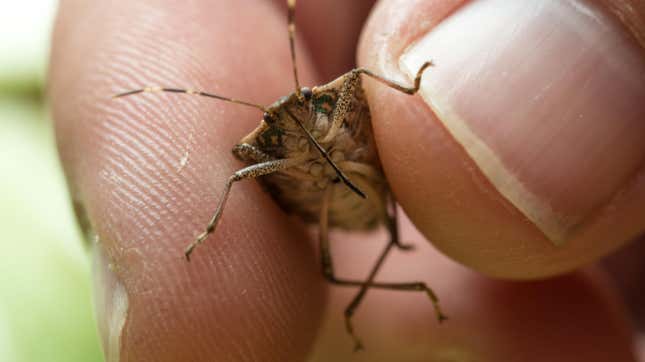
Insects are cool (if you look past all the legs). They break down dead things by eating them and pollinate plants so that we can grow enough crops to feed the world. Conservation encourages us to protect wildlife, especially bugs that are now looking down the barrel of an insect apocalypse.
Advertisement
But… sometimes you have to kill a few bugs to protect entire ecosystems. Specifically, invasive insects, which humans have transported all around the world. In some cases, they’ve outcompeted native insects and wrecked native plant life that don’t have the defense mechanisms to deal with invasive insect species that have no business being there in the first place. In some cases, invasive species have been able to expand their populations at a rapid clip if there are no natural predators to keep them in check.
Experts have asked the public to show no mercy and just annihilate species that have been identified as invasive and destructive. With that in mind, we invite you to take a close look at these suspect species and do what biologists say is your duty to stamp them out. Literally.
A version of this story was originally published on January 31, 2022.
Want more climate and environment stories? Check out Earther’s guides to decarbonizing your home, divesting from fossil fuels, packing a disaster go bag, and overcoming climate dread. And don’t miss our coverage of the latest IPCC climate report, the future of carbon dioxide removal, and the un-greenwashed facts on bioplastics and plastic recycling.
Services Marketplace – Listings, Bookings & Reviews